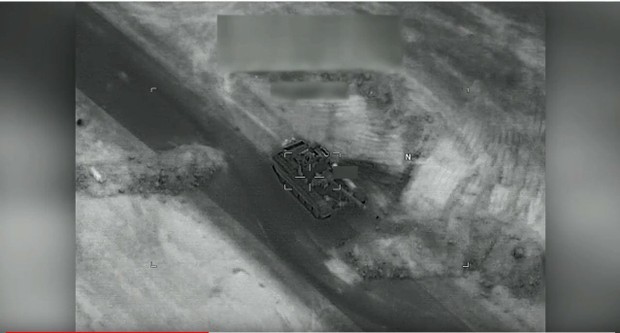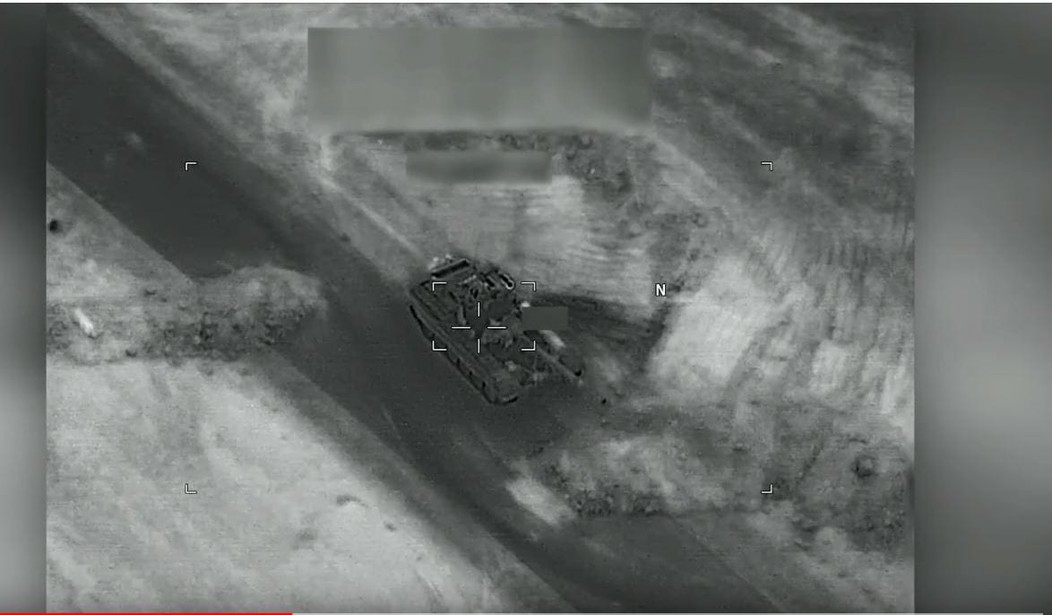
Yesterday, I posted on how an attack on U.S. proxy forces in Syria by Russian mercenaries went awry and resulted in about 300 of a 600-man force dead or wounded. And the strange behavior of the Russians is acquiescing to the losses even though we know they operate under Russian direction.
From talking to someone at a senior level warfighting position in the theater, I learned that the working assumption is that Russia was trying to repeat the tactics they have used in Ukraine, that is, working the “gray zone.”
So what is gray zone conflict, to begin with? Gray zone conflict is best understood as activity that is coercive and aggressive in nature, but that is deliberately designed to remain below the threshold of conventional military conflict and open interstate war. Gray zone approaches are mostly the province of revisionist powers—those actors that seek to modify some aspect of the existing international environment—and the goal is to reap gains, whether territorial or otherwise, that are normally associated with victory in war. Yet gray zone approaches are meant to achieve those gains without escalating to overt warfare, without crossing established red-lines, and thus without exposing the practitioner to the penalties and risks that such escalation might bring.
Gray zone challenges are thus inherently ambiguous in nature. They feature unconventional tactics, from cyberattacks, to propaganda and political warfare, to economic coercion and sabotage, to sponsorship of armed proxy fighters, to creeping military expansionism. Those tactics, in turn, are frequently shrouded in misinformation and deception, and are often conducted in ways that are meant to make proper attribution of the responsible party difficult to nail down. Gray zone challenges, in other words, are ambiguous and usually incremental aggression. They represent that coercion that is, to varying degrees, disguised; they eat away at the status quo one nibble at a time.
Viewed in these terms, it becomes clear that gray zone conflict is real enough, and that gray zone approaches are indeed prevalent in today’s security environment. Since 2014, Russia has destabilized and dismembered Ukraine through the use of armed proxies, “volunteer” forces, and unacknowledged aggression. In Asia, China is using gray zone tactics as part of a campaign of creeping expansionism in the South China Sea. In the Middle East, Iran is using, as it has for many years, subversion and proxy warfare in an effort to destabilize adversaries and shift the balance of power in the region. These are leading examples of the gray zone phenomenon today.
Keeping that in mind, let’s go to Bloomberg where they have a follow-up report called Mercenaries Hurt in U.S. Syria Strikes Are Treated at Russian Defense Hospitals.
Around 600 fighters with artillery and tanks, most Russian-speakers, took part in the attempt to storm the base, according to one of the people familiar with the matter. They counted on the U.S. having too little time to target them without risking casualties among its mainly Kurdish allies, but strikes began when only half the force had made it to the base, Kommersant newspaper reported, citing a former comrade of the mercenaries.
Russia’s military has said it had nothing to do with the attack and the U.S. accepted the claim.
They were met with pretty much everything but the kitchen sink:
On the ground, Air Force joint terminal attack controllers embedded with the SDF called in precision strikes for more than three hours from aircraft and ground artillery, directing F-15Es, MQ-9s, B-52s, AC-130s and AH-64 Apaches to release multiple precision fire munitions and conduct strafing runs against the advancing aggressor force, stopping their advance and destroying multiple artillery pieces and tanks.
In yesterday’s article I speculated:
My guess is that this was an operation designed to grab a U.S. held base as a way of showing our proxies they couldn’t rely on us. The use of Russians was probably intentional and a way of daring us to use US firepower. In fact, the operation was probably based on the premise that we would allow the Russians to go head-to-head with the SDF and without interference.
If this incursion across an agreed upon deconfliction line had succeeded, then you would have seen more and more of this happening. Right now it is pretty clear that the Russians called the shots here and it is equally clear that they did not want a direct confrontation with the U.S.:
Two Trump administration officials said the U.S used a military hotline to communicate with the Russian side to warn that it was about to launch air strikes. The Russians later called their U.S. counterparts to ask if the strikes had ended so that the attacking force could recover the dead and wounded, the officials said, speaking on condition of anonymity.
The fact that the wounded from this adventure are now being treated in Russian military hospitals in Russia indicates they had some type of official imprimatur and were not a rogue operation.
What to look for next? They’ll try something different to achieve the same goal. It could be kidnapping U.S. advisers or trying to recreate the Beirut Marine Barracks bombing using Iranian proxies. I could be guerrilla-style operations against supply lines for U.S. forces. It could be creating a situation where U.S. firepower creates friendly casualties, military and/or civilian. But they clearly understand that U.S. advisers are the Clausewitzian “center of gravity” for the anti-Assad forces and they will try to drive a wedge between us and them or drive us out.












Join the conversation as a VIP Member